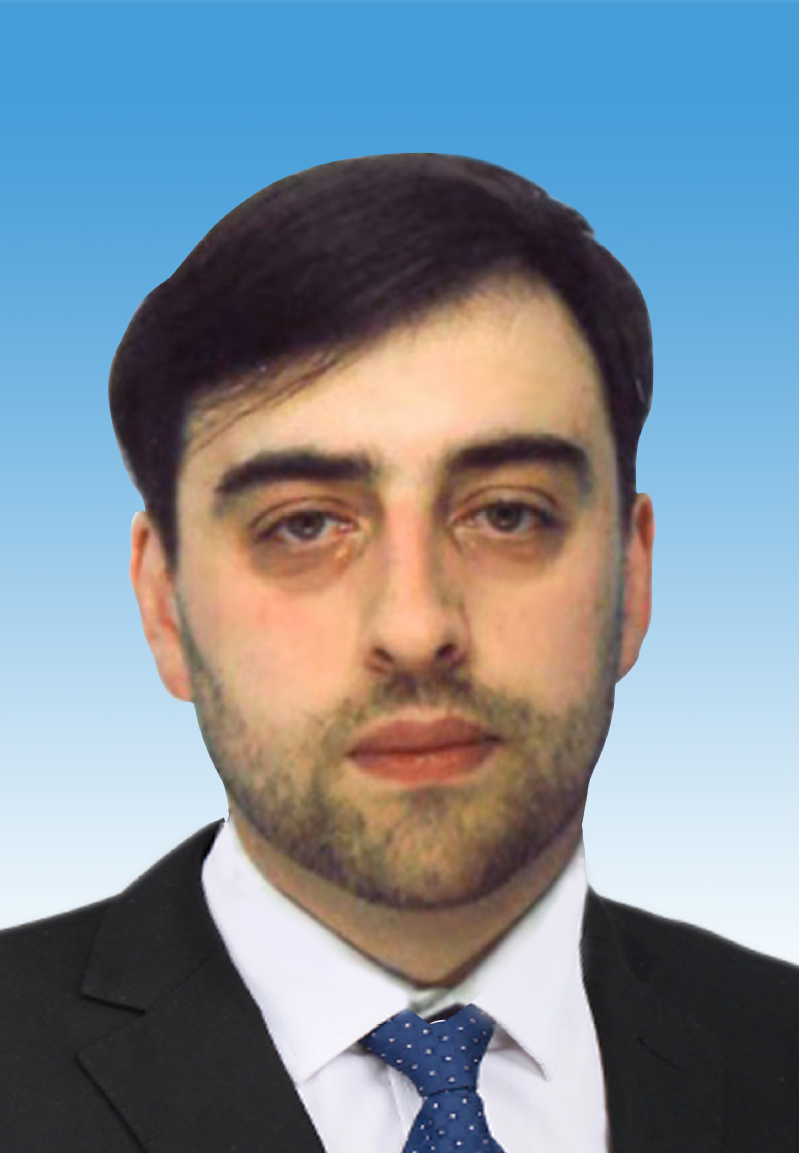Jolyon Aarons

Special Talent:
Address:Chemistry Building, Nankai University, 94 Weijin Road, Tianjin
Telephone:16622533936
Email:aarons@nankai.edu.cn
Website:
Research Interest:Density Functional Theory (DFT) methodology developments, including electronic optimization improvements for metallic systems and algorithms suitable for studying 1000s of atoms. Application of DFT to study catalysis, surface chemistry and for the parameterization of models for use in the study of biological docking.
2006.10-2010.07 Master of Physics, University of York, UK
2010.09-2012.03 NAG High Performance Computing Software Developer
2012.03-2013.09 MSc by Research in Physics, York University, UK
2013.09-2017.09 Ph.D., Chemistry, University of Southampton, UK
2017.09-2019.12 Research Fellow, University of Warwick
2020.02-present Special Researcher,College of Chemistry, Nankai University
“Best poster of the conference” prize at the 4th Thomas Young Centre, Kings College, London Energy Materials Workshop “Shaping Nanocatalysts” (2016) for a poster entitled : “Predicting the oxygen binding properties of platinum nanoparticle ensembles from high-precision electron microscopy and DFT”
During my PhD, we applied DFT to study energetics and kinetics of small molecule adsorption on catalytically active metal nanoparticles, which were of interest to the Johnson Matthey company. We calculated properties of a series of platinum nanoparticles of up to and exceeding 10000 atoms, to address the question of how oxygen binding and dissociation is affected by the size and distribution of unique binding sites [1]. In order to perform these very large DFT calculations on metals, a large part of the project was to develop methodology for calculating density matrices with fractional occupancy distributions without diagonalization [2].
Working closely with the Nellist group of Oxford Materials, we were given the precise coordinates of Pt atoms, in real-world catalyst nanoparticles using cutting-edge STEM experiments, which we were able to simulate using DFT and to predict and influence further experiments through careful analysis and comparison with model calculations [3].
[1] L. G. Verga, J. Aarons, M. Sarwar, D. Thompsett, A. E. Russell and C.-K. Skylaris, DFT calculation of oxygen adsorption on platinum nanoparticles: coverage and size effects, Faraday discussions, vol. 208, pp. 497-522, 30 8 2018.
[2] J. Aarons and C.-K. Skylaris, Electronic annealing Fermi operator expansion for DFT calculations on metallic systems, The Journal of chemical physics, vol. 148, no. 7, p. 074107, 21 2 2018.
[3] J. Aarons, L. Jones, A. Varambhia, K. E. MacArthur, D. Ozkaya, M. Sarwar, S. Chris-Kriton and P. D. Nellist, Predicting the oxygen-binding properties of platinum nanoparticle ensembles by combining high-precision electron microscopy and density functional theory, Nano letters, vol. 17, no. 7, pp. 4003-4012, 12 7 2017.

